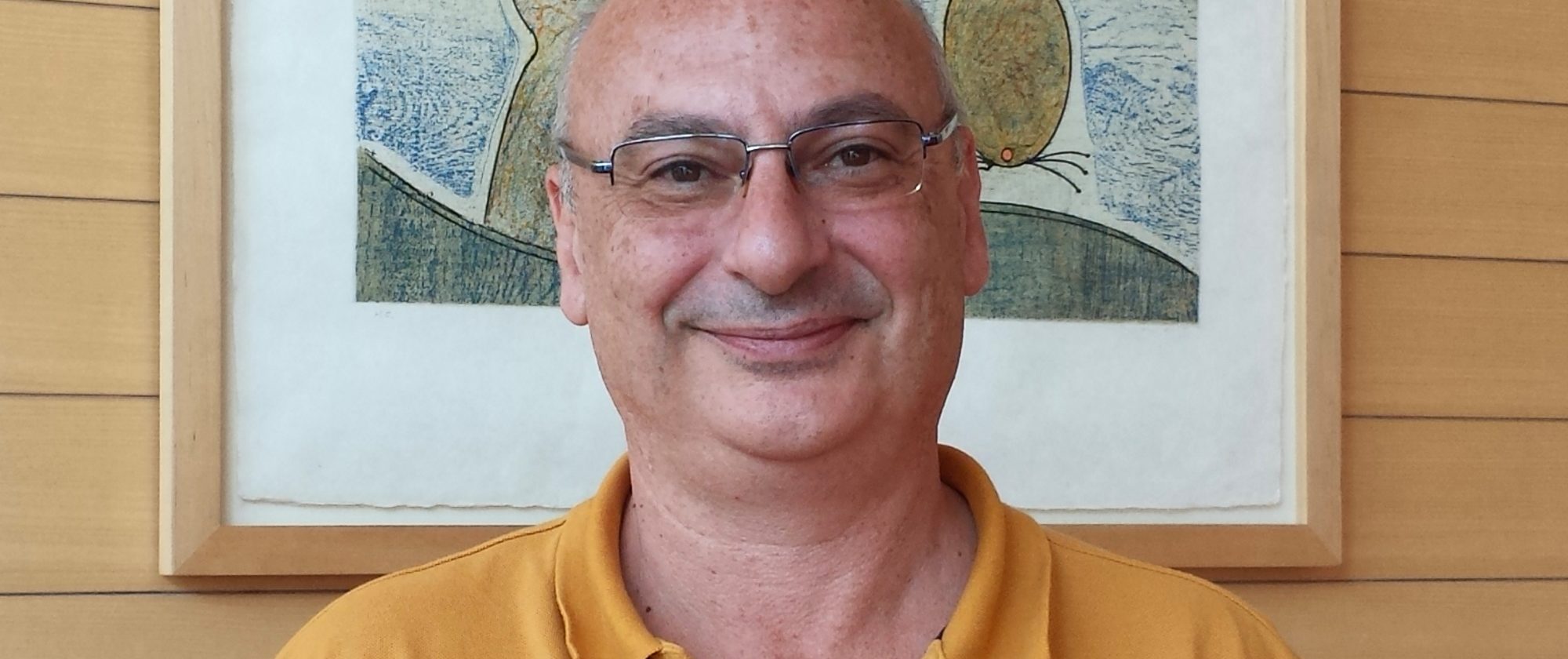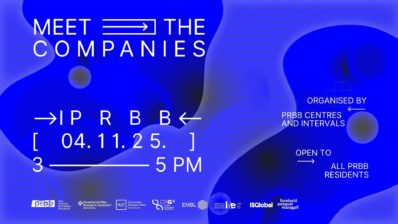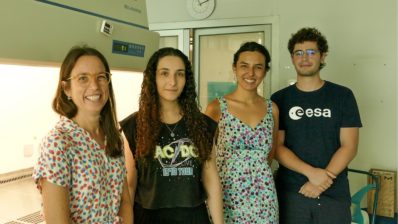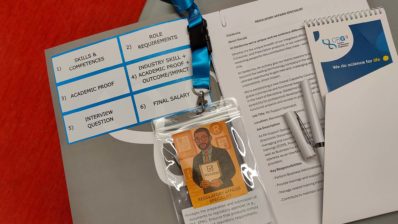The Spanish microbiologist Francisco J.M. Mojica (Elche, 1963) discovered the CRISPR system, which has, in recent years, taken biomedicine by storm due to its many potential applications. Mojica, who recently received the Jaime I Award for Basic Research, came to the Biomedical Research Park of Barcelona (PRBB) to explain the history of CRISPR and what it means.
How did you discover CRISPR?
In 1993, for my PhD, I was studying how halophilic archaea survive the high salinities of their habitats. I found some DNA sequences that were repeated about 15 times in a row, with spaces in between. This was very weird: they had to be important. So, after my PhD I set out to study them more in depth. Ten years later, while on holiday at the Salinas de Santa Pola in Alicante – where the archaea had been isolated from – I went to the lab to analyse the DNA and realised that some ‘spacers’ between the repeats were sequences from viruses that apparently gave bacteria immunity against those viruses. I immediately went to my wife and told her one day this would get a Nobel Prize. Still, I never imagined what was to come…
“I realised that some ‘spacers’ between the repeats were sequences from viruses that apparently gave bacteria immunity against those viruses. I immediately went to my wife and told her one day this would get a Nobel Prize”
How does CRISPR work?
Imagine that bacteria keep a photo album of the viruses that attack them (each ‘spacer’ is a photo). When they are attacked by a virus these photos are used to recognise the virus and guide a Cas (CRISPR associated) protein towards it to precisely cut its genome.
And why has it become so important?
That specificity and ability to cut make it a brilliant tool for genome editing! It didn’t occur to me at the time, because I was thinking only of bacteria, but once other people made it work in mammalian cells, applications kept on coming! It can be used to correct mutations that cause diseases or to study gene function.
How has the CRISPR revolution affected you?
Many people with genetic problems now call me to ask how I can help them! I’m not a doctor, so I can’t really tell them much, except that this will take years… but the truth is, things are going so fast! Just last month the first clinical trial of CRISPR in humans was given the green light, to modify T cells for fighting cancer. It’s really amazing. It makes me feel so proud of having been part of this.
“Sometimes, open, non-directed basic research may have more amazing outcomes than applied or targeted research”
Have you thought of changing your research to concentrate on CRISPR applications?
No – I’m a microbiologist. I’m interested in understanding how the system works. We still don’t know how bacteria acquire this immunity or how they distinguish between virus DNA and their own. And this basic research is important, as the CRISPR story has shown! Sometimes, open, non-directed basic research may have more amazing outcomes than applied or targeted research. CRISPR-Cas is an adaptive immune system, with the ability to ‘take pictures’ of new viruses. Imagine if we could transplant it into a person and make it work like it does in bacteria. It would be immunisation à la carte! But for this to happen, we need to understand how it works in bacteria. That’s my job.







